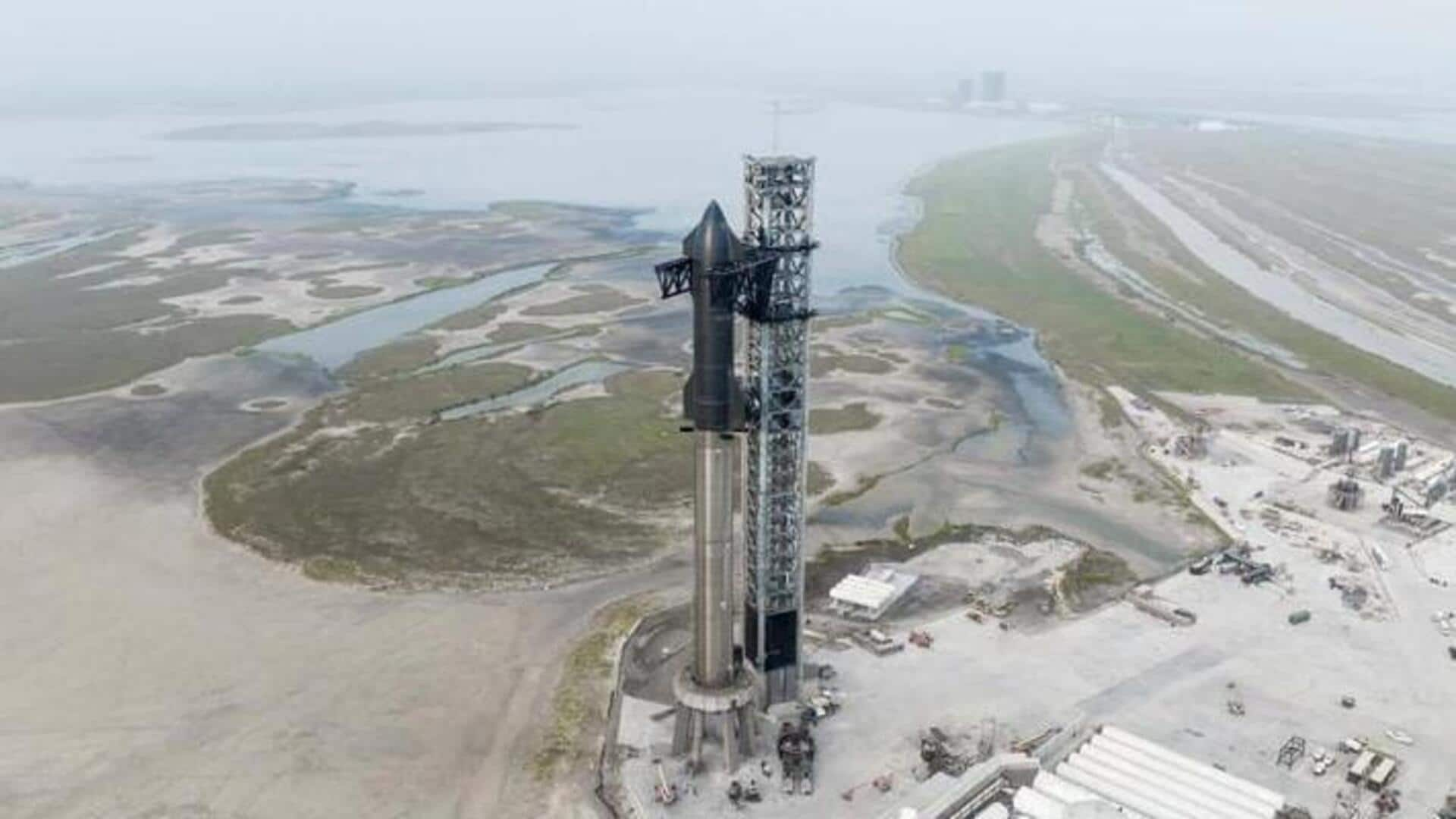
Key milestones SpaceX achieved during Starship's second test flight
What's the story
On November 18, the world's most powerful rocket, Starship flew on its second-ever test flight. SpaceX's colossal Starship rocket comprises the Super Heavy booster and an upper stage also called Starship. Although the upper stage exploded around eight minutes post-launch, the mega-rocket accomplished several key milestones during its flight. This includes a smooth liftoff and successful separation of the upper stage module from the Super Heavy first stage. Here's a look at what went right during Starship's second flight.
Starship
Goal of second flight was same as first test flight
Starship's first test flight happened in April. It also ended in an explosion. These trial flights aimed to send the 65-foot-tall upper stage halfway around Earth, with a splashdown in the Pacific Ocean near Hawaii with Super Heavy landing in Gulf of Mexico. Along with being the most powerful, Starship is also the largest rocket ever, measuring 400 feet tall. The rocket's 33 Raptor engines can generate 17 million pounds of thrust, nearly double that of NASA's Space Launch System.
Details
Full-duration burn and hot staging
During Saturday's flight, for the first time, the Super Heavy Booster's 33 Raptor engines completed a full-duration burn during ascent. Roughly 2.5 minutes into the flight, SpaceX executed a "hot staging" technique, shutting down all but three of Super Heavy's Raptor engines and "igniting the six second-stage Raptor engines before separating the vehicles." "This was the first time this technique has been done successfully with a vehicle of this size," said SpaceX.
Conclusion
Starship attained a top speed of 24,000km/h
Following separation, Super Heavy executed a planned "flip maneuver" and a boost back engine burn to direct itself toward the landing spot in the Gulf of Mexico. However, about 3.5 minutes after launch, the booster experienced a "rapid unscheduled disassembly," causing an explosion. The upper stage's six Raptors propelled it to an altitude of approximately 150km and a top speed of 24,000km/h. This makes it the "first Starship to reach outer space" and "nearly complete" its full-duration burn, per SpaceX.
Launch pad
Saturday's flight didn't damage the launch pad
During the second test flight, SpaceX's newly engineered launchpad could hold up under the Super Heavy booster's enormous thrust. Elon Musk revealed the pad was in "great condition" following the test. This marks a huge improvement compared to the previous pad, which was destroyed due to the force of the engines during the April flight. Post the April flight, SpaceX made several changes to prevent any mishaps on the next flights, which included installing a water-deluge system.
Insights
Preparations for third flight test
Saturday's flight finally concluded when telemetry was lost near the end of the second-stage burn, after over eight minutes of flight. SpaceX confirmed that a "safe command destruct was appropriately activated based on available vehicle performance data." However, the cause of the telemetry loss remains unknown. Meanwhile, SpaceX is focusing on final preparations for Starship's third flight test, which Musk said will happen in three to four weeks.